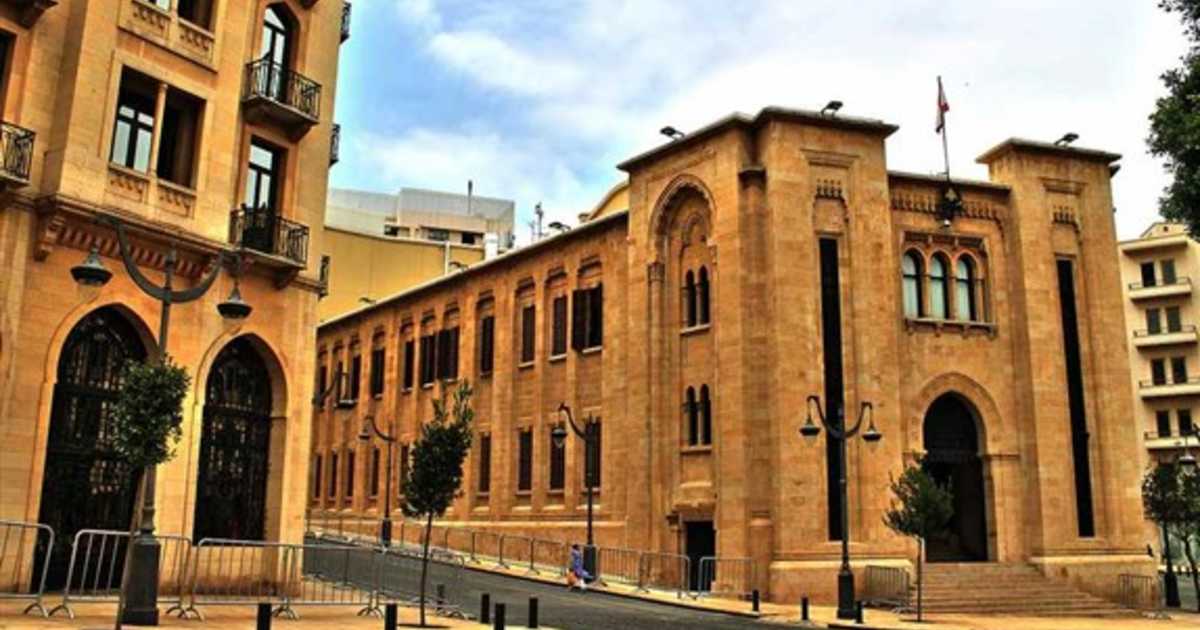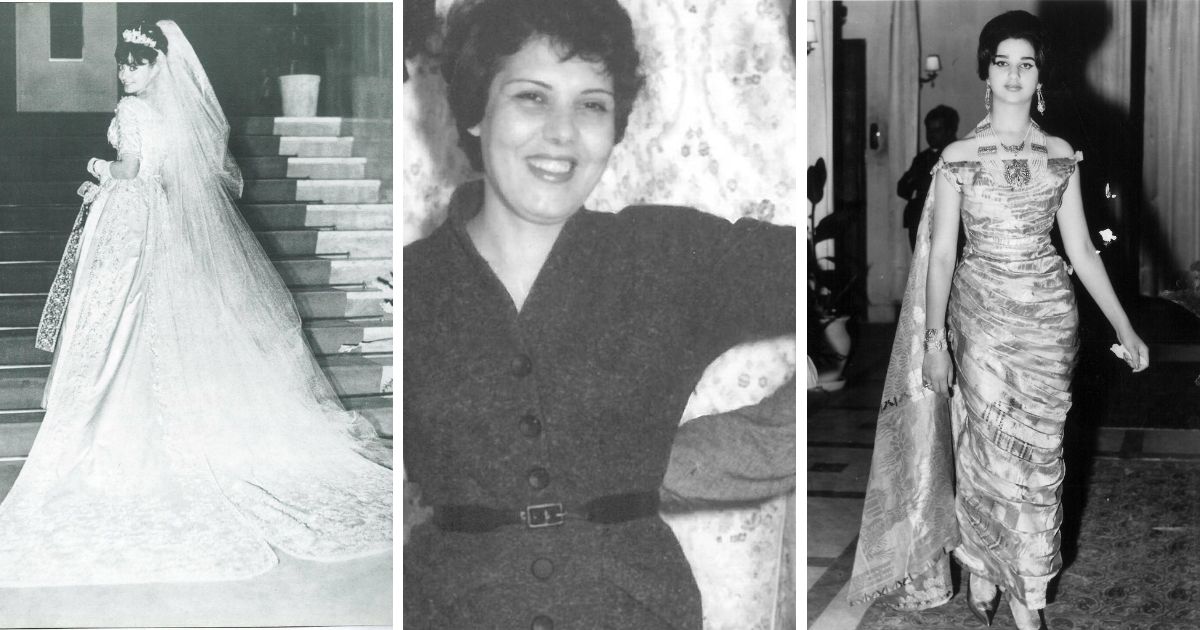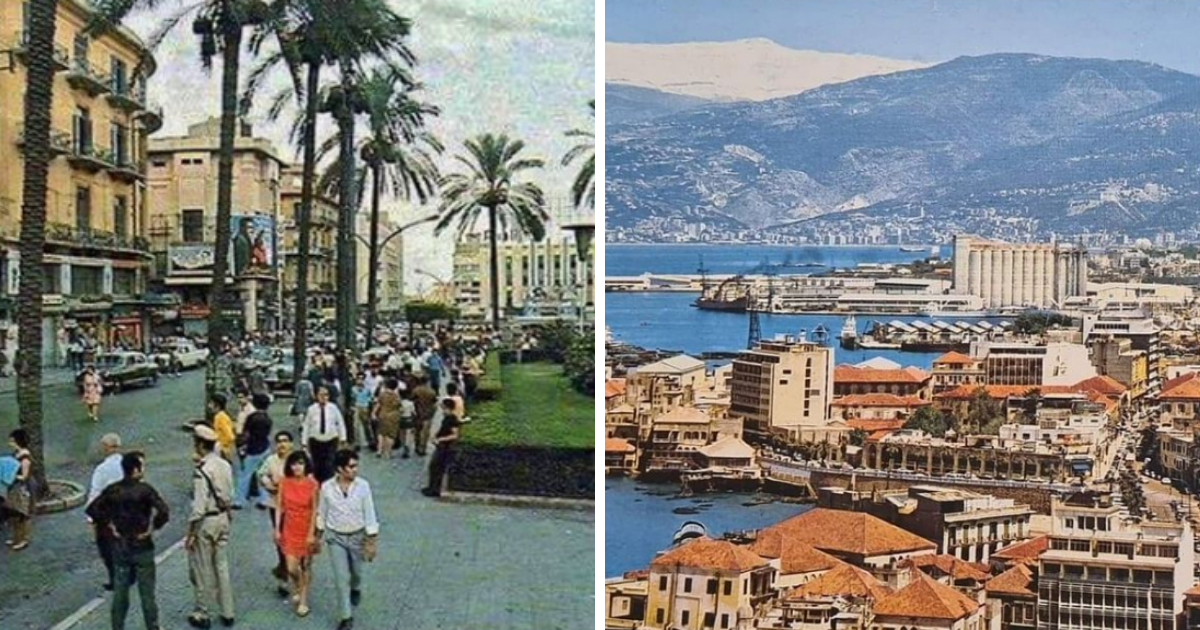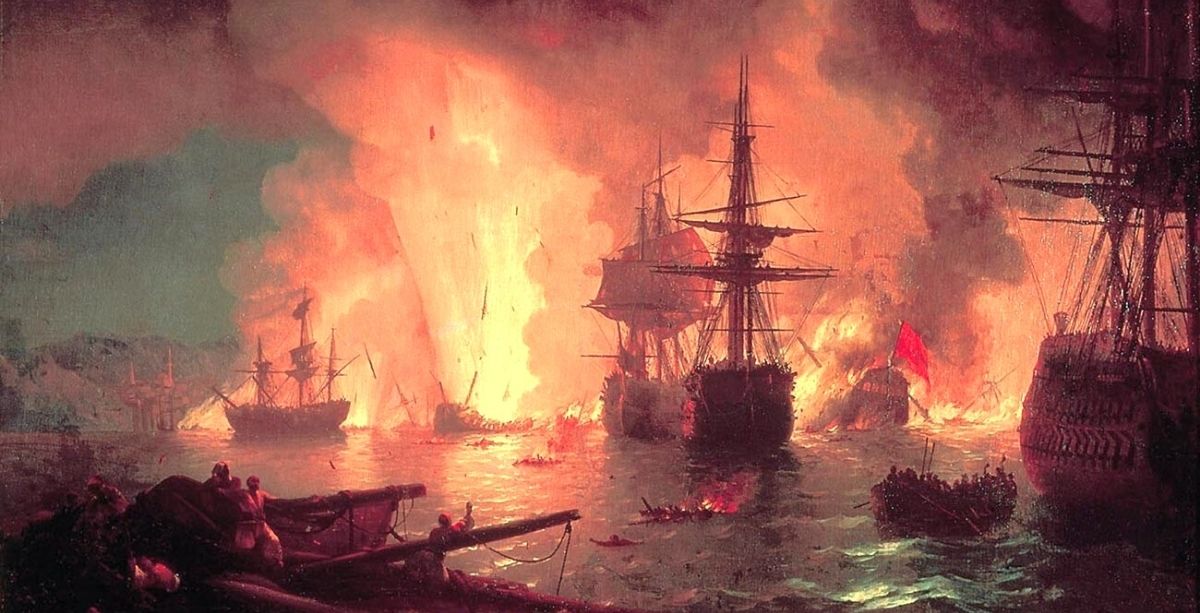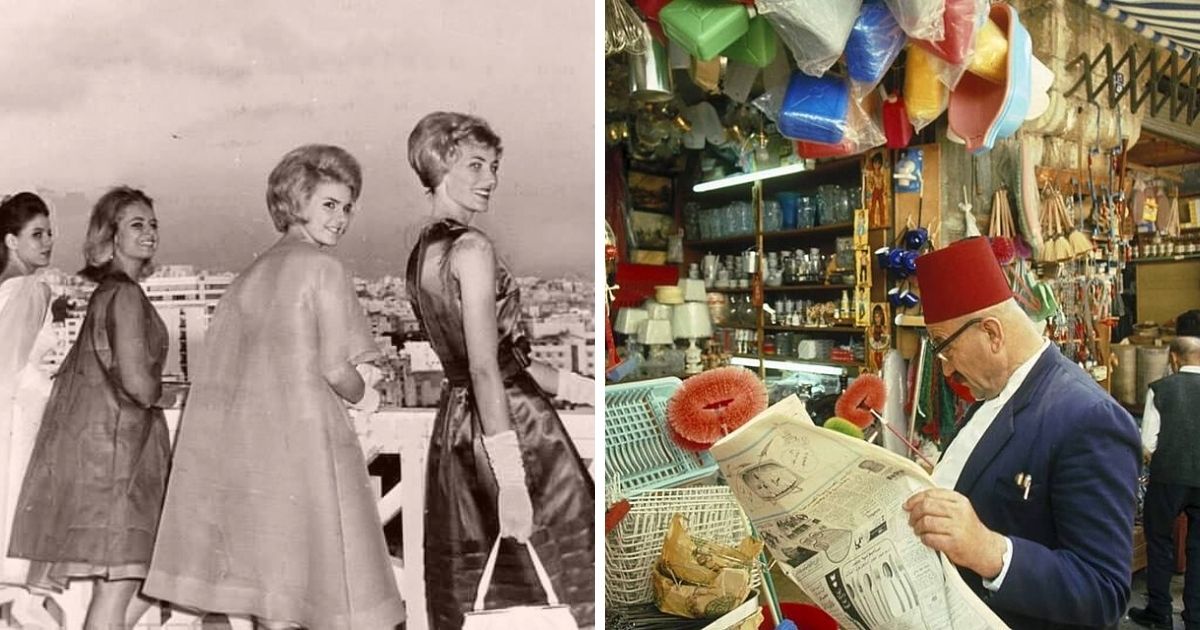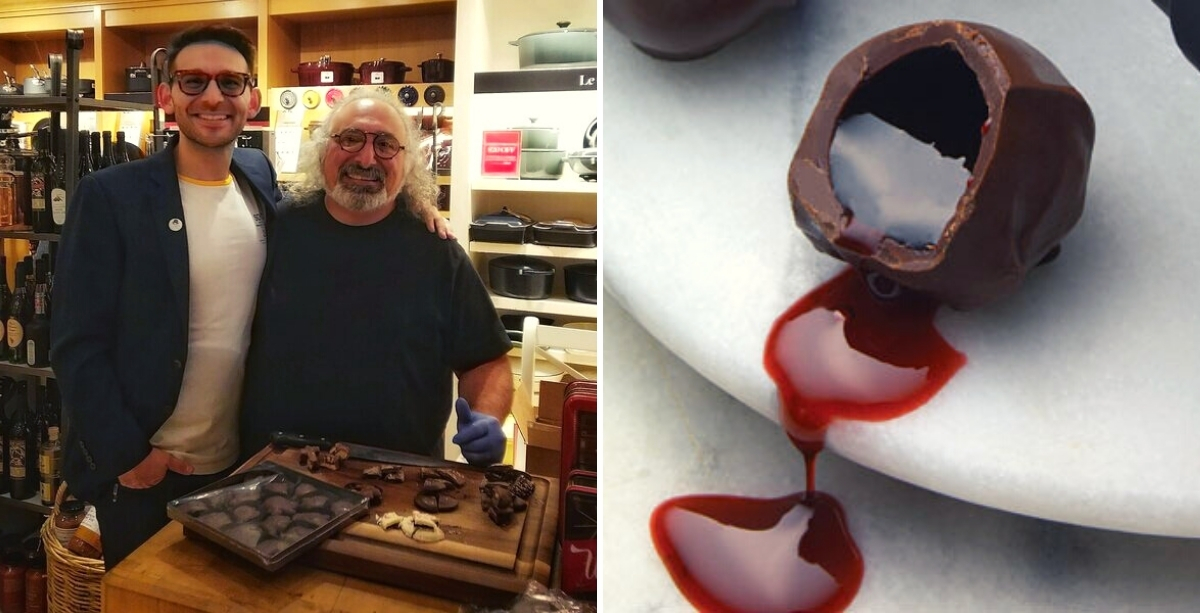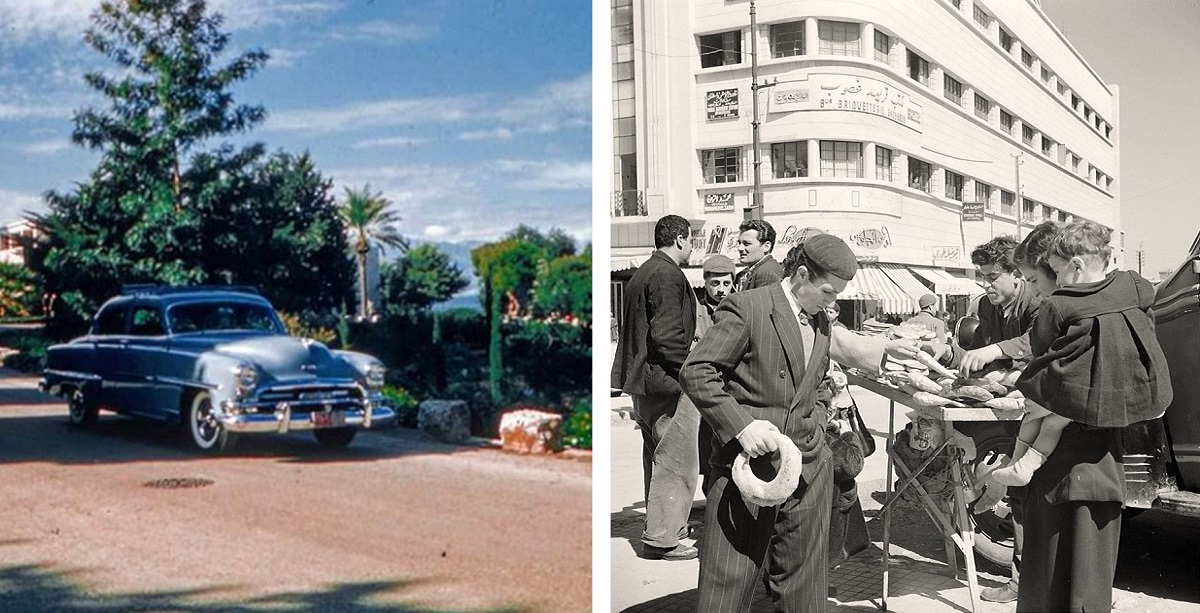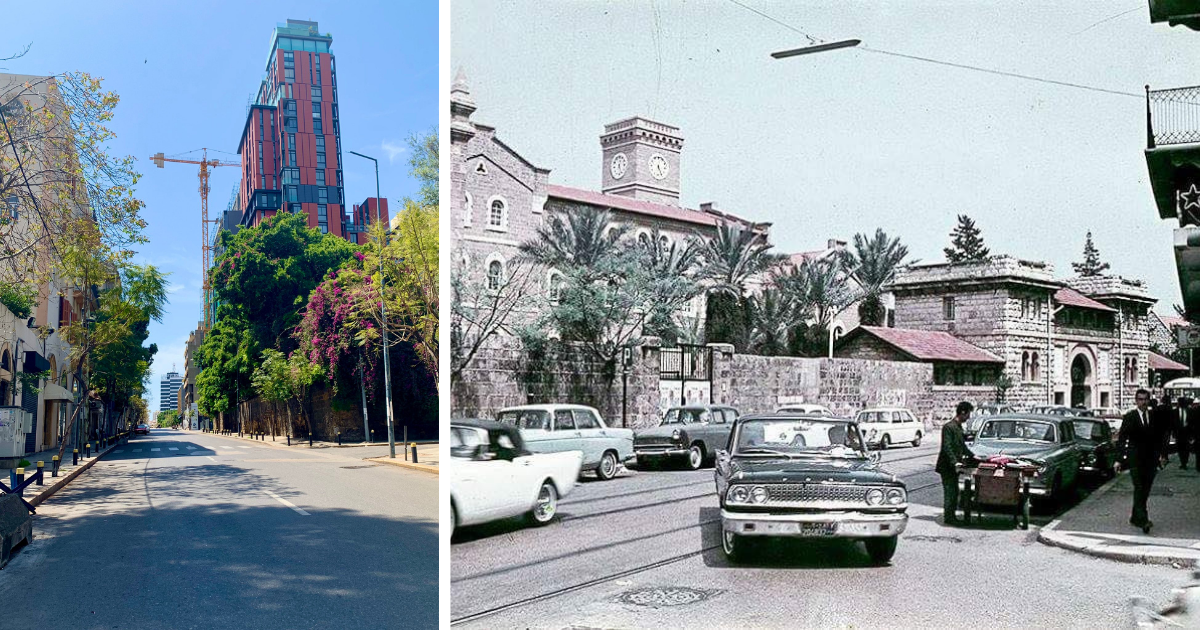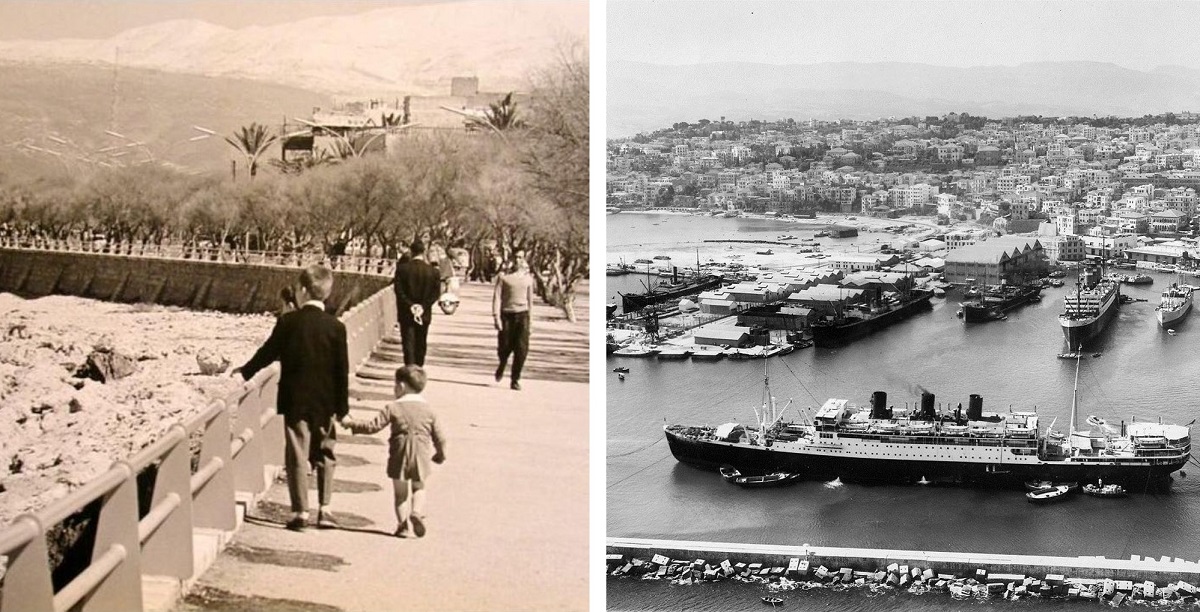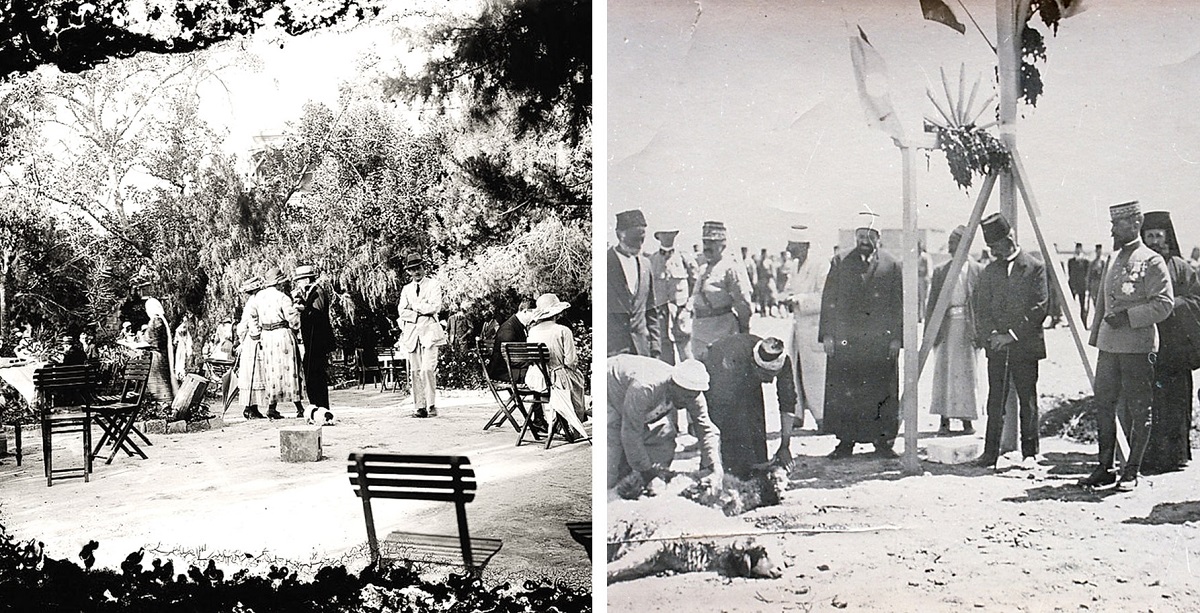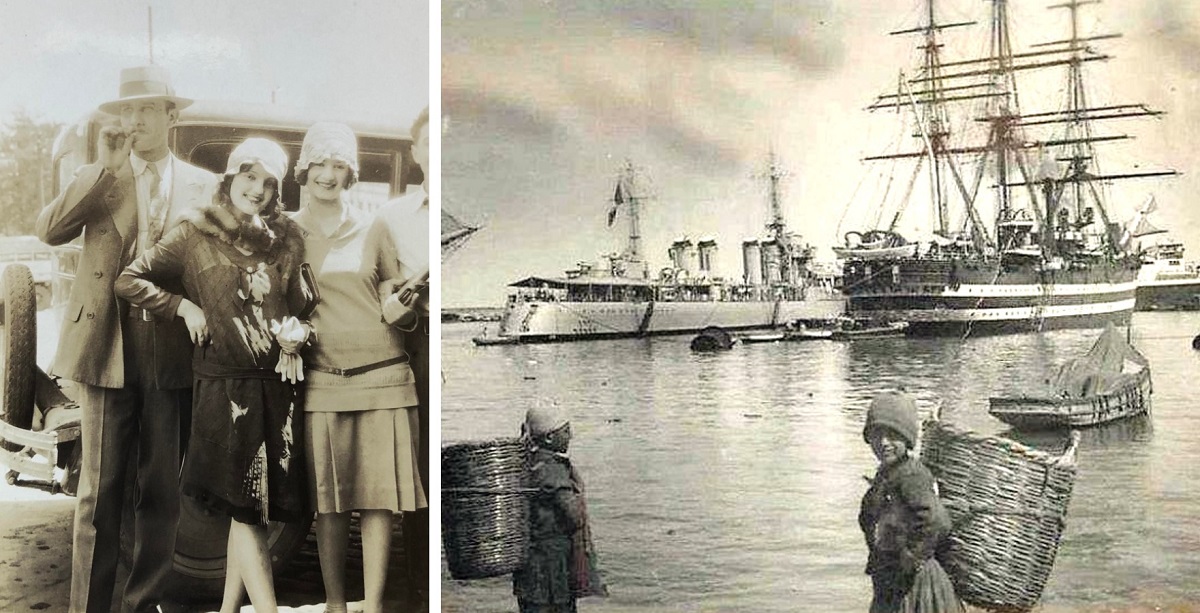The term ‘Mandaloun’ is of unknown origin and does not derive from any Arabic verbal root.
Some people believe it is from Italian origin and links to the Italian term ‘Mandolino’, a musical instrument of the flute family.
The theory indicates that the Mandaloun’s disposition and location were favorable for the instrument’s player thus the naming.

![]() @lebanese_international_comembedded via
@lebanese_international_comembedded via
In 1608 prince Fakhreddine II of Lebanon concluded a secret economic and military alliance with the Grand Duke of Tuscany against the Ottoman rulers.
After the Ottoman found out about the prince’s move, he chose to seek exile in Italy from 1613 until 1618 before returning to Beirut.
During those 5 years, Fakhreddine was exposed to Florentine architecture particularly the bifores which are double arcades windows known in Lebanon as “Mandaloun”.
The mandaloun was built with local limestone and consists of a vertical, fine column forming a division between two units of a window.
The traditional mandaloun is always surmounted by a discharging arch and is often coupled with hanging flower boxes.
Mandalouns were usually located in a prominent part of houses and palaces.
Even the Lebanese Parliament in Beirut displays Mandalouns as well as the Lebanese triple arcade.

![]() @suzana_trainer_travelerembedded via
@suzana_trainer_travelerembedded via
Lebanese architecture is really a melting pot of various influences. From Italian to Ottoman and Greek, Lebanese buildings are rich in beautiful elements and structures in harmony.
These mesmerizing architectural facades should be preserved in order to save our national heritage.
